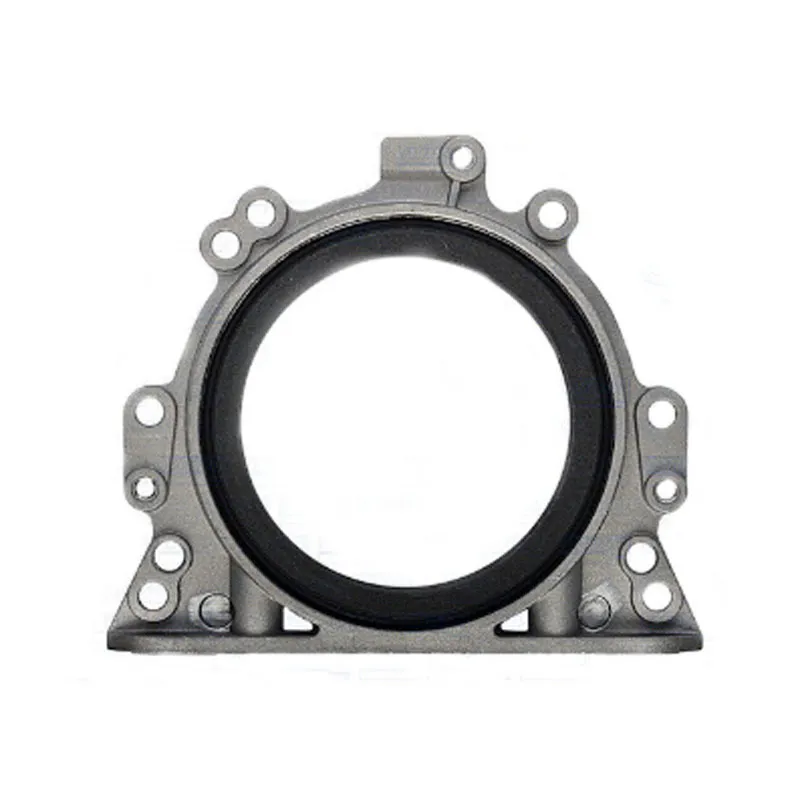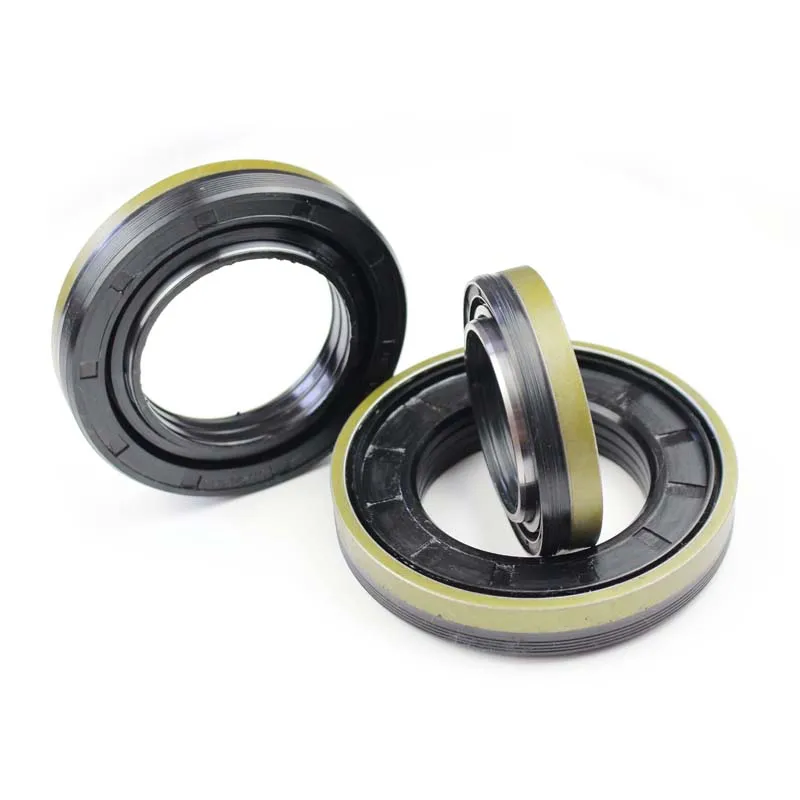o ring and backup ring


Leveraging both o-rings and backup rings requires expertise in material selection and application understanding. Factors such as pressure levels, temperature ranges, and chemical exposure must be considered when choosing the appropriate materials for each component. An o-ring configuration that endures high pressures in an oil rig might be ineffective in a pharmaceutical manufacturing setup exposed to aggressive chemicals. Thus, the choice of material is crucial; fluorocarbon compounds might be suitable for high-heat environments, while nitrile rubbers could serve well in applications involving mineral oils. Similarly, choosing the correct material for backup rings, such as high-performance PTFE, ensures that they provide the necessary structural support without succumbing to degradation. Professionals seeking to optimize system efficiency and seal reliability must embrace a comprehensive understanding of both o-rings and backup rings. Their deployment in strategic tandem can transform the operational dynamics of a system, shifting from frequent maintenance interruptions to seamless continuous operation. In high-pressure hydraulic systems, for instance, this means fewer leaks, lower maintenance costs, and enhanced safety due to reduced risk of seal failure. By understanding the specifics of each application and tailoring the selection of o-rings and backup rings accordingly, industries can achieve superior sealing solutions that align with their specific needs. O-rings and backup rings, while often taken for granted in their ubiquity, form the backbone of many mechanical sealing applications. Through informed choice and proper implementation, these components elevate the performance and reliability of systems across industries. This expertise is crucial not only for optimizing current systems but also for advancing new technologies and applications, ensuring continued innovation and efficiency in the ever-evolving landscape of industrial operations.
-
The Ultimate Guide to Boat Propeller Bearings and Trailer Wheel Bearings
News Jul.31,2025
-
The Essential Guide to Marine Bearings and Boat Trailer Wheel Bearings
News Jul.31,2025
-
The Complete Guide to Heavy Duty Seals: Protecting Doors and Spaces Efficiently
News Jul.31,2025
-
Essential Guide to Marine Shaft Bearings and Boat Trailer Axle Bearings
News Jul.31,2025
-
Comprehensive Guide to Marine and Trailer Bearings for Safe Boating and Transport
News Jul.31,2025
-
Comprehensive Guide to Automotive Oil Seals: Protecting Your Engine and Shafts
News Jul.31,2025
-
Understanding Automotive Oil Seals: Essential Components for Engine and Shaft Protection
News Jul.30,2025
Products categories















